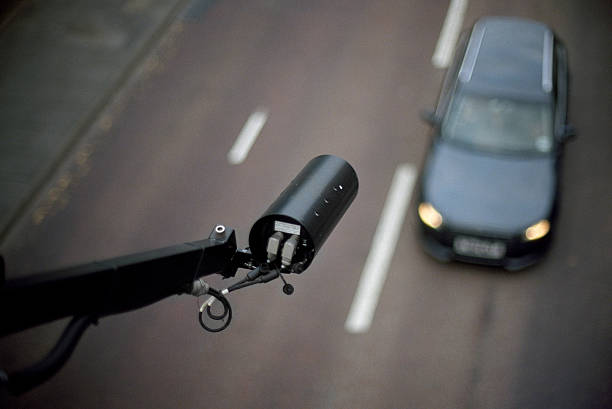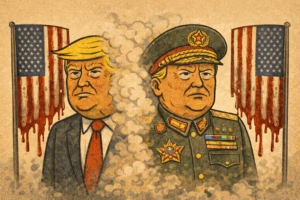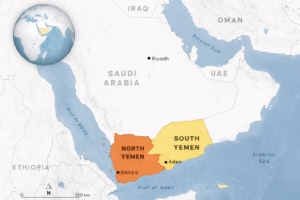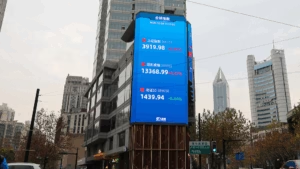In a remarkable demonstration of how technology enhances police work, a 24-year-old minibus taxi driver was apprehended on Tuesday due to the astute use of number plate recognition technology. The incident, which unfolded on the bustling Voortrekker Road in Parow, Cape Town, highlights a significant stride towards bolstering city safety and adherence to legal standards.
A traffic enforcement officer, equipped with an in-vehicle camera capable of scanning number plates, initiated the arrest after identifying the minibus taxi driven by the young individual. Upon further investigation, facilitated by the driver’s ID number, it came to light that he was associated with 50 outstanding warrants, alongside fines pending issuance of summons, cumulatively amounting to an astonishing R374,300.
The arrest was compounded by the discovery that the driver was operating the vehicle without a valid operating licence, leading to the immediate impoundment of the minibus taxi.
In a statement, JP Smith, the Member of the Mayoral Committee for Safety and Security, reflected on the broader implications of such offences:
“We speak often of people who have no regard for law and order. This would be one such example,”
Smith further elucidated on the severity of the transgressions:
“These numbers are absolutely staggering. Can you imagine how many transgressions one would have to commit in a short space of time to rack up that amount in fines? On the upside, this is also an example of how we are putting technology to use to catch lawbreakers.”
This incident not only underscores the blatant disregard for legal protocols by some individuals but also showcases the pivotal role of modern technology in enhancing law enforcement capabilities. By leveraging such technological tools, authorities are better equipped to identify and apprehend those who flout the law, thereby contributing to a safer and more orderly society.
How Does the Use of Technology in Law Enforcement Change the Landscape of Urban Safety?
The integration of advanced technologies such as number plate recognition in law enforcement operations presents a promising avenue for improving urban safety. It prompts a series of questions regarding the future trajectory of policing. Will these technological tools significantly deter criminal activities by increasing the likelihood of apprehension? Furthermore, how will the adoption of such technologies impact the privacy and freedoms of the general populace? These are critical considerations as we navigate the delicate balance between ensuring public safety and preserving individual rights in an increasingly digital age.

















